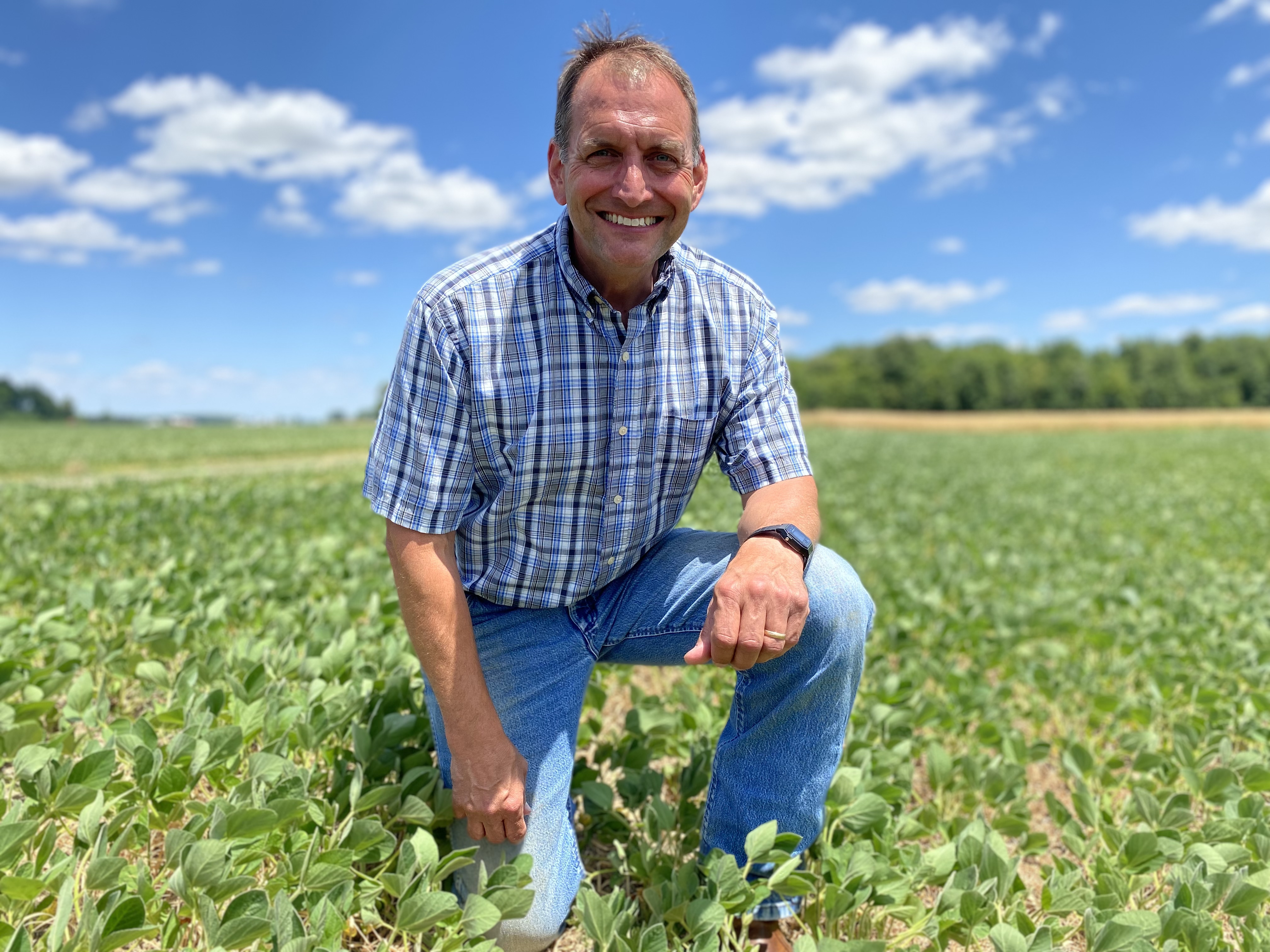Items Tagged with 'water infiltration'
ARTICLES
No-Till and Cover Crops Show Promise for Wyoming Farm
Farming in a semi-desert, Richard and Garrett Klein hope more living roots and less tillage will reduce irrigation needs and improve compacted, light soils.
Read More








